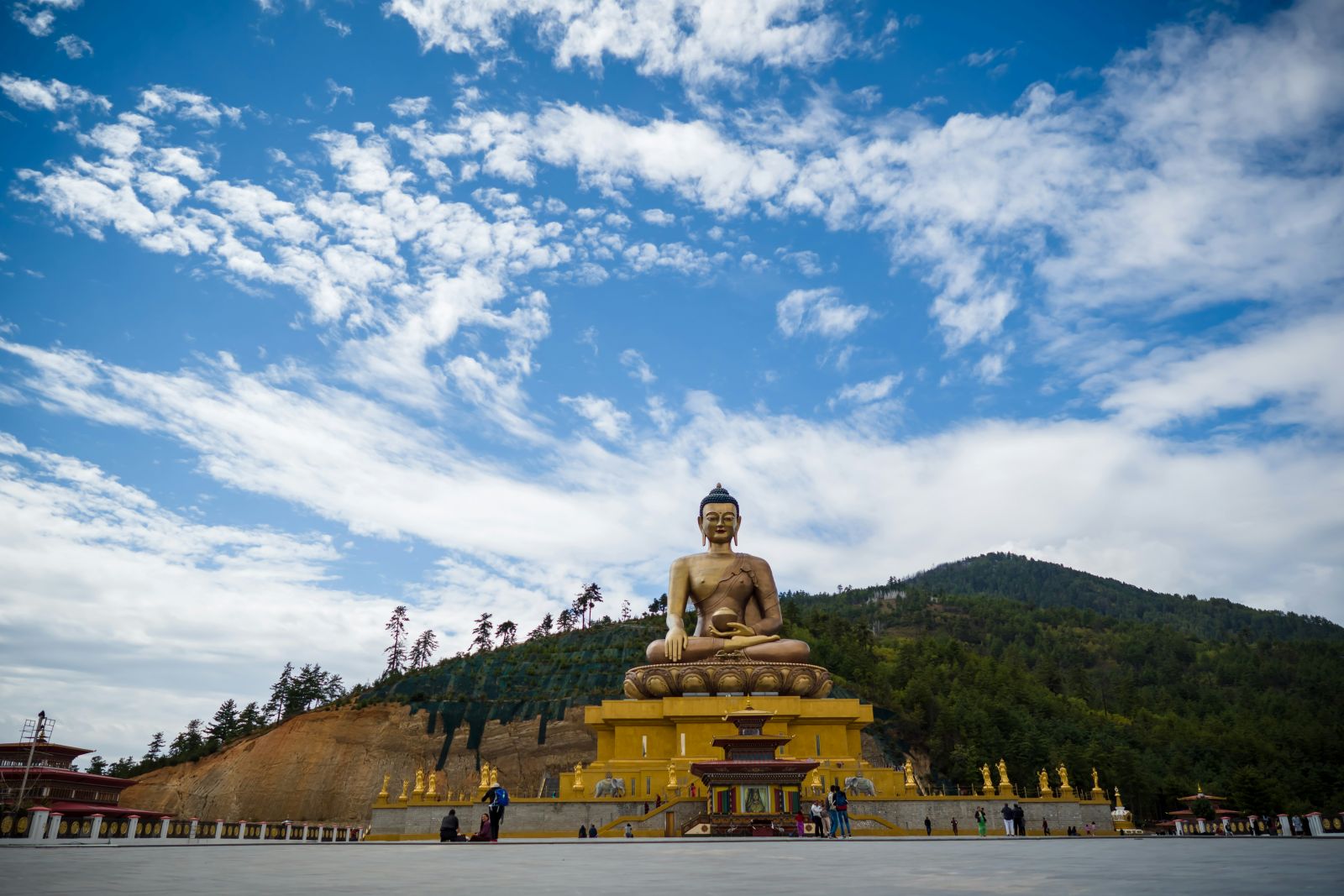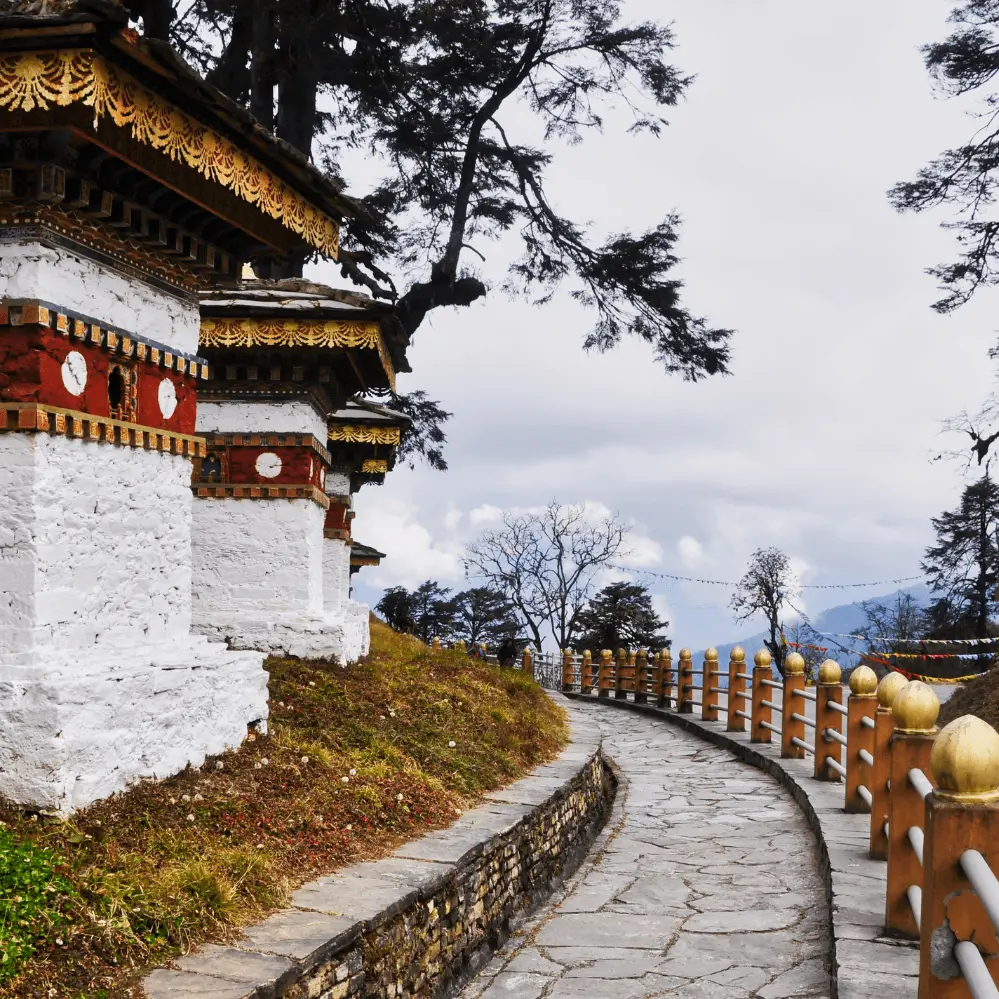Nestled in the heart of the Himalayas, cradled by snow-capped peaks and ancient forests, lies Bhutan—a kingdom like no other. For centuries, this tiny Buddhist nation remained hidden from the world, veiled in myths and mystery, its existence whispered in the stories of traders and travelers who had glimpsed its magic. Today, Bhutan welcomes the world, not as a land lost in time but as a beacon of balance, harmony, and spiritual wisdom.
A Kingdom Built on Happiness
Unlike any other nation, Bhutan measures its success not by wealth but by well-being. The philosophy of Gross National Happiness (GNH) guides every decision, ensuring that progress does not come at the cost of culture, nature, or people’s inner peace. The result? A land where rivers still run wild, forests remain untouched, and ancient monasteries echo with the chants of monks who have devoted their lives to the pursuit of enlightenment.
This commitment to happiness and sustainability has made Bhutan a living example of how the modern world can coexist with ancient traditions. It is the only carbon-negative country in the world, absorbing more carbon than it produces, a testament to its deep respect for nature.
A Land of Myths and Majesty
Bhutan’s landscape is as enchanting as its philosophy. From the emerald-green valleys of Paro and Punakha to the towering peaks of the eastern Himalayas, every corner of this kingdom tells a story.
Take Tiger’s Nest Monastery (Paro Taktsang)—perched impossibly on a cliffside, 3,000 feet above the valley floor. It is said that Guru Rinpoche, the spiritual master who brought Buddhism to Bhutan, flew here on the back of a tigress to meditate. Today, the monastery stands as a symbol of resilience and faith, drawing pilgrims and adventurers who climb its steep trails seeking spiritual awakening.
In Thimphu, the capital, modernity meets tradition in a seamless blend. There are no traffic lights—only white-gloved policemen directing cars with choreographed grace. Traditional Bhutanese architecture dominates the skyline, and even new buildings must adhere to centuries-old design principles. Yet, within these walls, technology and innovation flourish, proving that Bhutan is not a relic of the past but a guardian of a sustainable future.
Gelephu: A Vision for the Future
As Bhutan steps into the future, it does so with mindfulness and purpose. The Gelephu Mindfulness City, a visionary project, seeks to create a model for sustainable urban living, blending Bhutanese traditions with global innovation. Designed as a hub for investment, culture, and wellness, Gelephu is poised to become a center where people from around the world can experience Bhutan’s unique way of life while contributing to its growth.
Here, amidst lush greenery and meditative landscapes, Bhutan welcomes the world—not just as tourists, but as partners in a shared journey toward a better, more balanced future.
A Call to the Curious
For those who seek not just a destination but a transformation, Bhutan is more than a place—it is an experience. It is the warmth of a Bhutanese smile, the hum of prayer wheels spinning in the wind, the crisp mountain air filling your lungs as you trek through untouched landscapes. It is a reminder that happiness is not found in what we own, but in how we live.
Bhutan is not just a country; it is a philosophy, a sanctuary, a lesson in what the world could be if we dared to dream differently.
Will you answer its call?
.webp)








